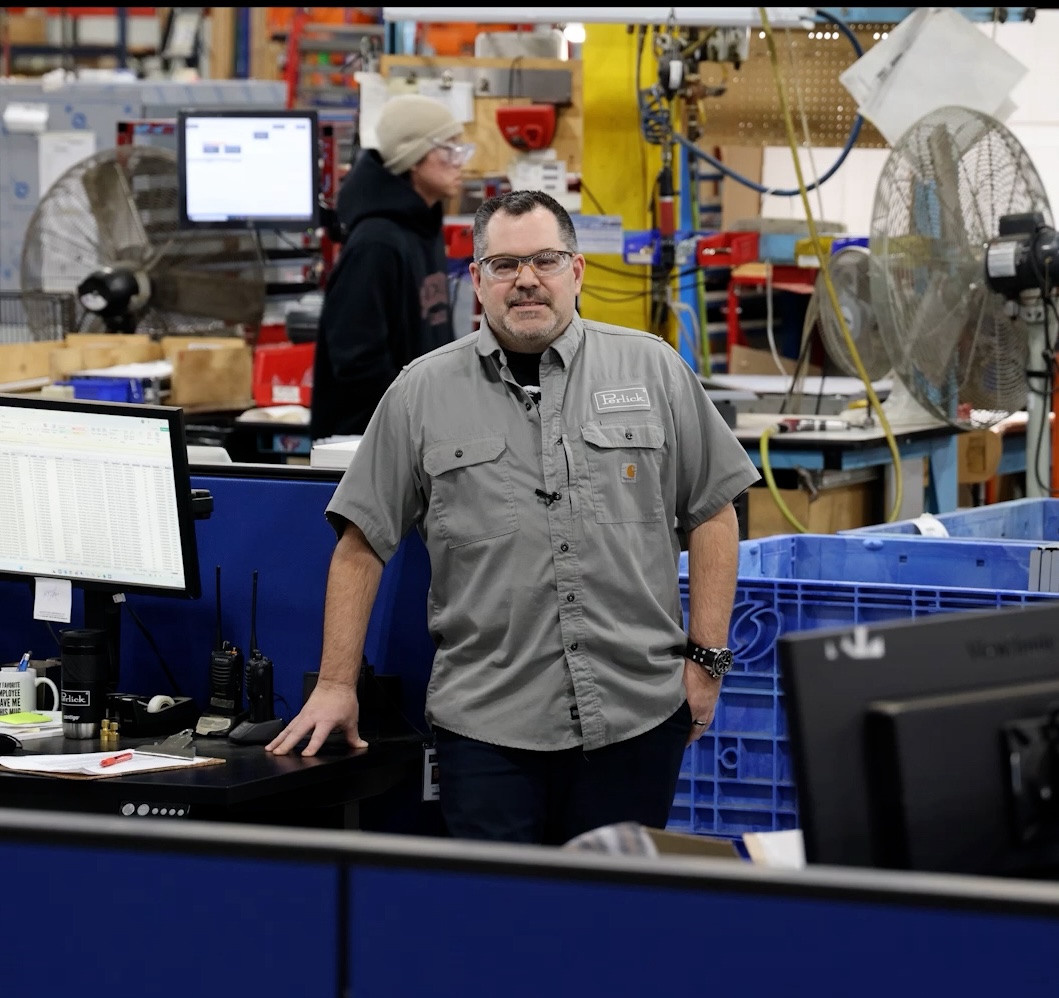Vermouth. A classic almost mystical spirit that experienced its heyday in the late 1800s and early 1900s. Its versatility is limited only by the bartender's imagination, as it works in cocktails ranging from the Martini to the Manhattan to the Negroni. But to understand why vermouth is making a comeback, you first have to know why it lost favor in the first place.
During the peak of its popularity, vermouth was all of the highest quality, explained Adam Ford in his new book, VERMOUTH: The Revival of the Spirit that Created America's Cocktail Culture. After World War II, though, "almost all producers began taking short cuts that decreased the quality and flavor of vermouths."
Later, as we moved through the remainder of 20th Century, vermouth experienced another set back in terms of how it was actually stored. Vermouth is essentially wine that is fortified with spirits, and like any other wine, when it sits at room temperature and is exposed to air, it oxidizes. And the oxidation process will eventually turn it into an undrinkable, almost vinegar-like liquid.
"The reason people stopped drinking vermouth here in the United States," says world famous bartender Tobin Ellis, "is that we stopped taking care of it."
Essentially, it has become common practice in bars and restaurants to store vermouth on the back speed rail where it's exposed to light, temperature, and air. It's no wonder vermouth-based cocktails lost popularity. They were literally bad.
ENTER THE CRAFT COCKTAIL MOVEMENT
As more and more bars and restaurants embrace the craft cocktail movement, one fact becomes evident – profitability. There are greater profits with smartly-made drinks. That might sound like a blanket statement, but it's actually rooted in fact – and the human taste bud.
"The biggest mistake we've made here in American and in general is we've designed drinks to quench thirst, "Ellis said. "That's crazy. That's insane. You should be doing the opposite. Great drinks create thirst, they don't quench it."
Bitter things make us want more. Ellis explains that drinks with bitter elements such as the Negroni actually cause saliva creation. In reality, it's a drink that makes us thirstier and hungrier, which is precisely why it's often consumed as an aperitif. These types of cocktails are profitable because they lead to additional consumption. And this, in turn, has helped create resurgence in ingredients like bitters and vermouth.
HOW TO STORE VERMOUTH
With more and more people returning to vermouth, bartenders now need effective and efficient ways for storing it. If you want to serve a classic, high-quality Manhattan, you can't keep your vermouth on the back bar.
With input and design elements given directly from Ellis, Perlick has created the Tobin Ellis Signature Cocktail Station. This innovative unit allows for cold storage of vermouth, accessible to bartenders without any movement. In true "zero step" bartending fashion, everything is immediately available and optimized for profit and quality.
Learn more about how the Tobin Ellis Signature Cocktail Station is bringing back vermouth. And find out how this innovative unit is changing bartending in other ways. Listen to real bartenders tell you more about their favorite features of the cocktail station.







.png)


